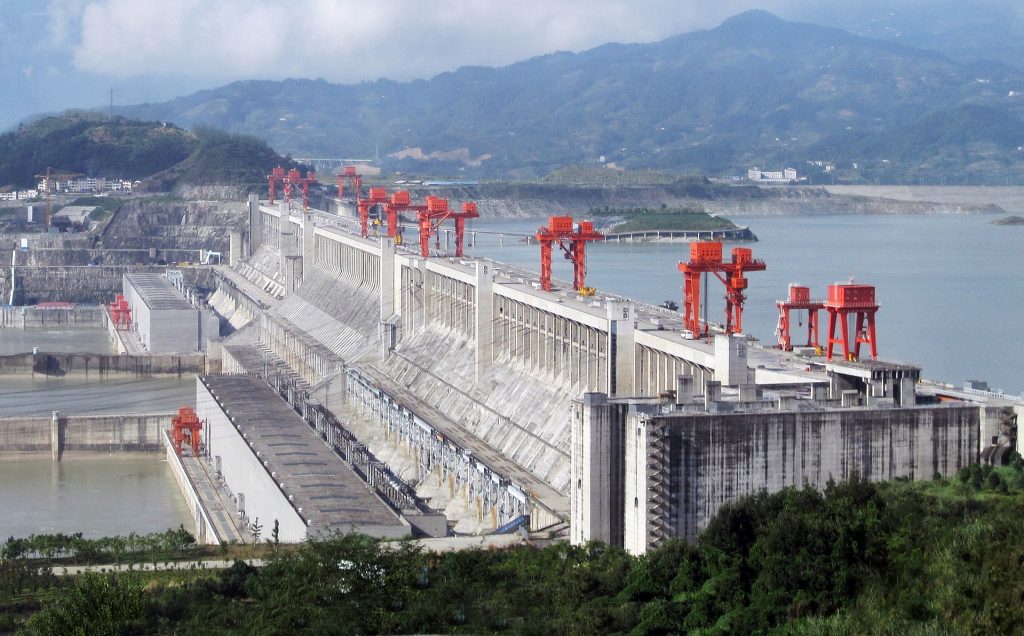China is one of the world’s top producers of hydropower. Due to its enormous hydropower resources, installed capacity, and cutting-edge techniques, research, and development, China has continued to lead the world in the production of green energy from hydropower since 2004.
The 22.5GW Three Gorges hydroelectric power plant in China is the biggest hydropower facility in the world. A 13.86GW Xiluodu Dam with 18 770MW Francis turbine generators and an air-cooled generator with an output of 855.6MVA is also present. China also runs the 6.3GW Longtan hydropower plant.
China’s current second-largest energy source after coal, hydropower contributes significantly to reducing greenhouse gas emissions and has generated around 17% of the country’s electricity during the past ten years. The Asian behemoth also plans to boost the share of non-fossil fuels in its electricity supply from about 31 percent to 39 percent by 2025.
It is a component of the nation’s attempts to reach carbon neutrality by 2060 and reach a peak in carbon emissions by 2030. China has pledged to increase its non-fossil fuel energy consumption to 20% by 2025 and 25% by 2030 (including solar, wind, hydropower, bioenergy, and other sources). The Chinese government has thus made increasing its hydroelectric capacity a top priority. China’s capacity to produce sustainable energy will increase to 380 GW by 2025.
A vital renewable energy source with great promise is hydroelectricity. One of the cleanest methods for creating sustainable energy is through the gravitational pull of flowing water. Hydroelectric facilities may be scaled up or down to meet changing energy needs. A sustained, dependable supply of water will be made possible by dams built to produce electricity. Additionally, there are benefits in terms of flood mitigation and management.
Moreover, hydropower is one of the crucial renewable energy sources that may displace fossil fuels and reduce carbon emissions in light of the real risks posed by climate change and global warming.
Through CPEC, Pakistan and China are working together to build a strong alliance. The first hydropower investment project under CPEC, the Karot Hydropower Plant, is anticipated to save roughly 1.4 million tonnes of standard coal and cut carbon dioxide emissions by nearly 3.5 million tonnes annually. The power plant, which has an installed capacity of 720,000 kilowatts, has been running continuously.
The Kohala Hydropower Project, Suki Kinari Hydropower Project, and Azad Pattan Hydropower Project, to mention a few, are more hydropower initiatives associated with CPEC. They will aid Pakistan in developing its industrial and energy bases and achieving its national objective for clean energy.
With a significant worldwide hydropower influence, China is setting the bar high for how to use cutting-edge technology to mitigate climate change. Asia’s most severely affected nations by climate change may also benefit from China’s massive production of green power.
Editor’s note: The writer is Director of Institute of Peace and Diplomatic Studies, Pakistan. The article reflects the author’s opinions

